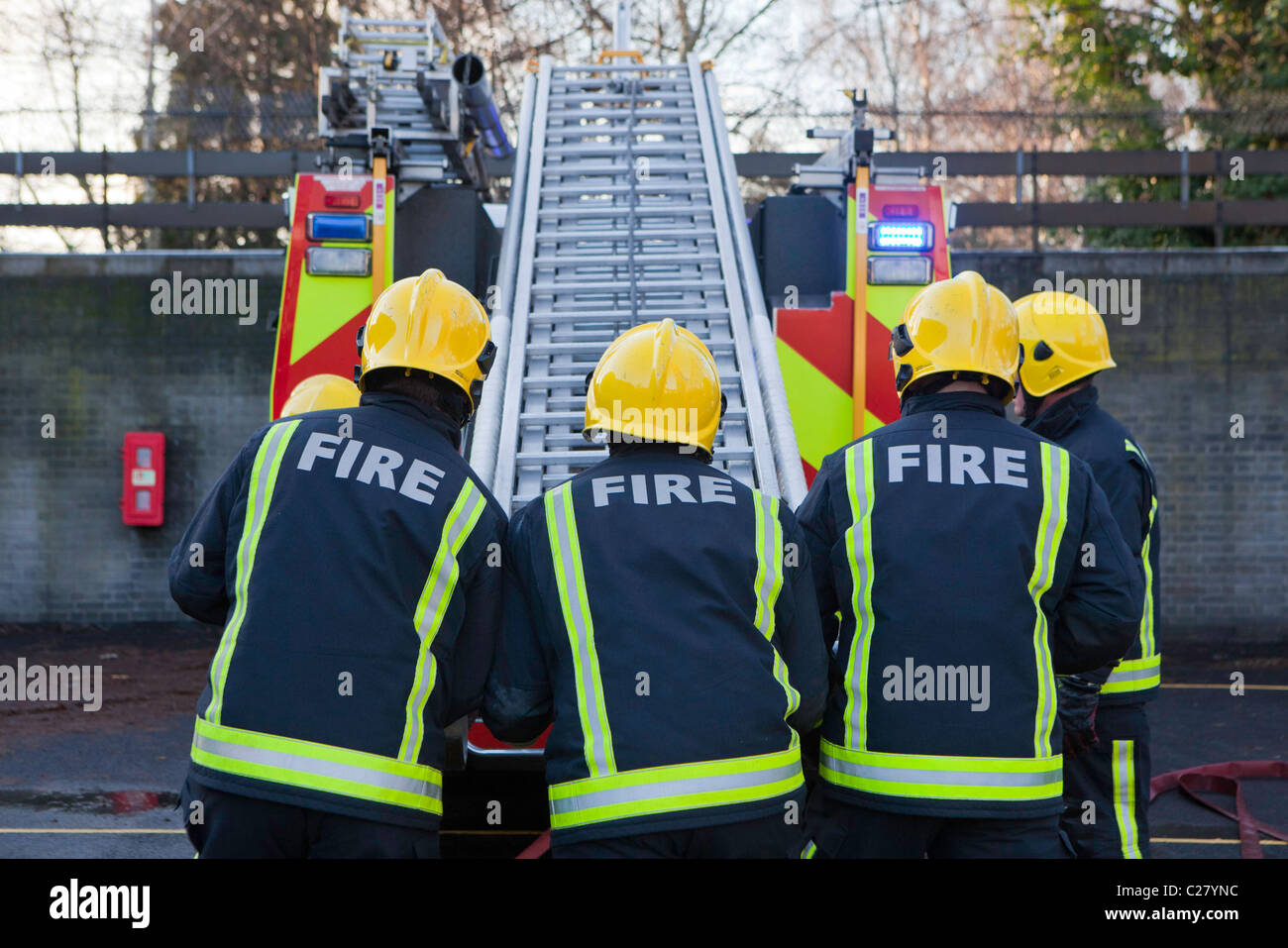Emergency preparedness is a top priority for building managers. Critical elements of fire safety are sprinkler systems and emergency response training. While sprinkler systems act to control fires, trained fire brigades support evacuation efforts.
How Do Automatic Fire Suppression Systems Work?
Advanced fire control technologies activate in emergencies by spraying water when triggered by sensors. Each spray outlet functions on its own, localizing the response.

Components of a sprinkler system include:
- Spray mechanisms: Activate water flow to combat fires.
- Pressurized pipes: Connects water sources to sprinklers.
- Sprinkler management hubs: Provide manual override options.
- Reservoir system: Provides water.
The Importance of Emergency Preparedness Programs
Firefighting preparedness equips individuals to act quickly during crises. Fire readiness courses focus on life-saving techniques, maximizing safety during unexpected events.

Essential features of fire brigade training include:
- Fire prevention education: Preventing fire outbreaks.
- Emergency exit strategies: Practicing quick evacuation.
- Fire suppression strategies: Mastering firefighting equipment.
- O que é o sprinkler?Como são classificados os chuveiros automáticos?
- Group decision-making: Executing plans as a team.
How Sprinkler Systems and Fire Brigade Training Work Together
Using automatic fire suppression with fire team readiness ensures optimal preparedness. Sprinklers work as the first line of defense, while prepared teams ensure proper evacuation.

Uniting tools and expertise ensures maximum protection for homes, workspaces, and large-scale operations alike.
Why Fire Safety Technology and Emergency Preparedness Are Essential
Investing in sprinkler systems and providing fire brigade training provides peace of mind. Working hand-in-hand, these approaches mitigate fire risks.
Take action for a safer tomorrow by consulting fire suppression experts and initiating fire brigade training. Your safety and the safety of others depend on it!
Comments on “How Sprinklers and Emergency Training Create a Safer Future”